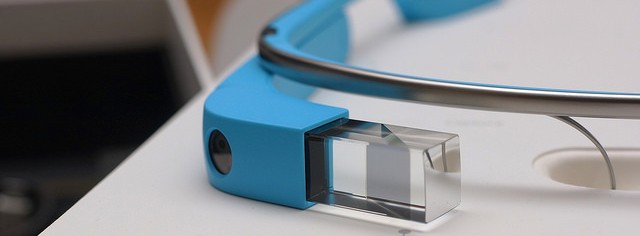Google Glass Is a Natural Aid to General Aviation
Rotorcorp had a chance to check out the new Google Glass at the Atlanta stop of the Glass Tour. Described as a wearable computer, we were happy to let our inner nerds out for a romp as the folks at Google walked us through Glass features and capabilities. The Glass Developer Kit (GDK) will allow for the creation of custom apps similar to the 750,000 apps available for Google’s Android mobile operating system. We also had our eyes on how these gadgets might find their way into helicopter cockpits while increasing safety and having fun!
Out of the box Glass is just neat. The ergonomics and feel are well thought-out and the over-eye display is stylish and functions superbly. We did not feel like Robocop wearing these lensless glasses. More importantly- the images in the display were clear and crisp without sacrificing field of vision or obscuring the view in any way. Google Glass felt good, looked good and worked well. Will Google Glass work in the cockpit? We think so!
Glass can function as a personalized and wearable heads-up display (HUD); potentially delivering a stream of crucial information to the pilot while minimizing the diversion of attention to aircraft control and other monitoring & scanning functions. We are not talking about reading Huffpost while in flight here, but the ability to receive a customized feed of information that is both timely, pertinent and intuitive.
The last place pilots should be looking when the traffic avoidance warning sounds is at the instrument panel. Glass can provide in-eye warning while the pilots attention is focused where it should be: scanning surroundings for inbound aircraft. Possible aircraft and instrument interfaces could incorporate navigation cues, weather alerts and other vital flight related information where it counts.
The camera functions further broaden the functionality of Glass. From the basics of documenting and confirming pre-flight checks with voice activated snapshots to in-flight pilot views from the cockpit transmitted real time to ground based instructors or ATC have wide ranging impacts. What the future holds for Glass in Aviation is only limited by our imaginations.



